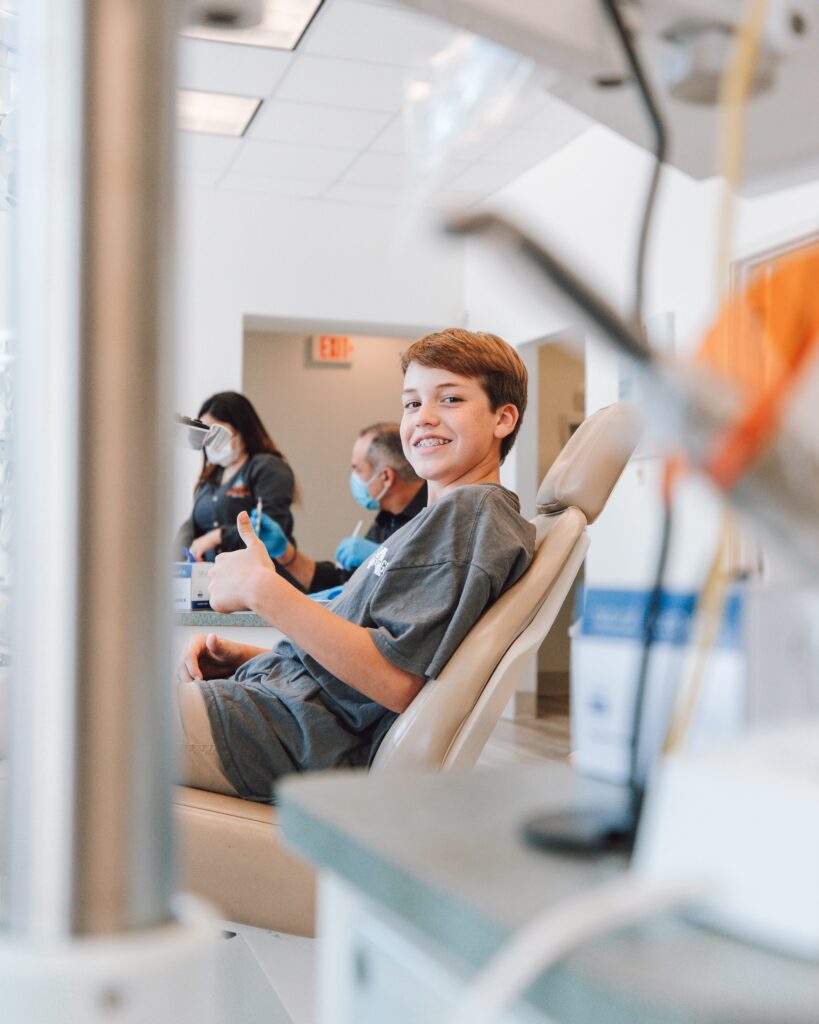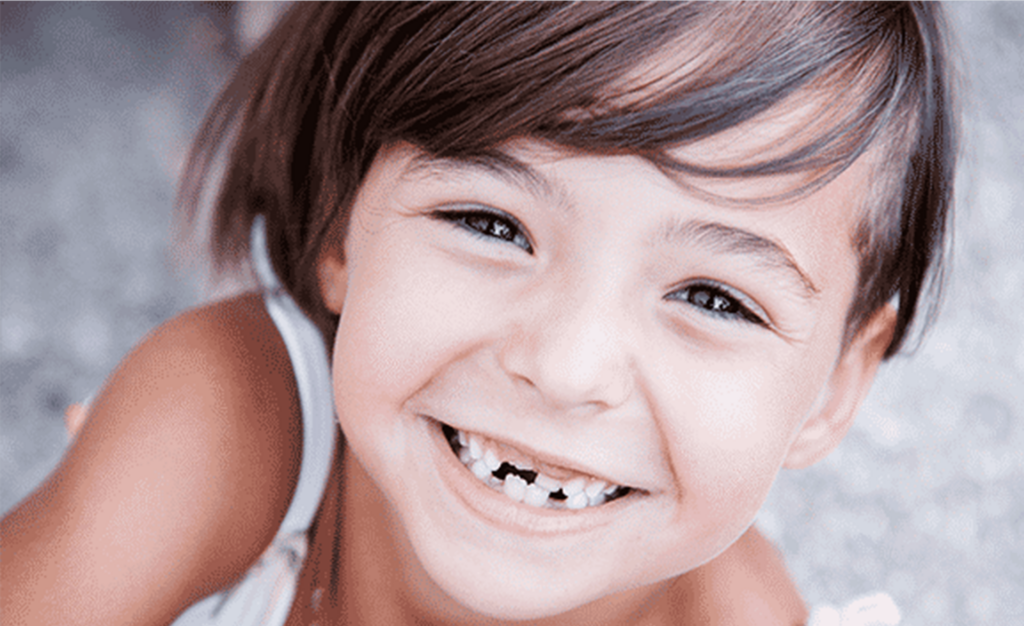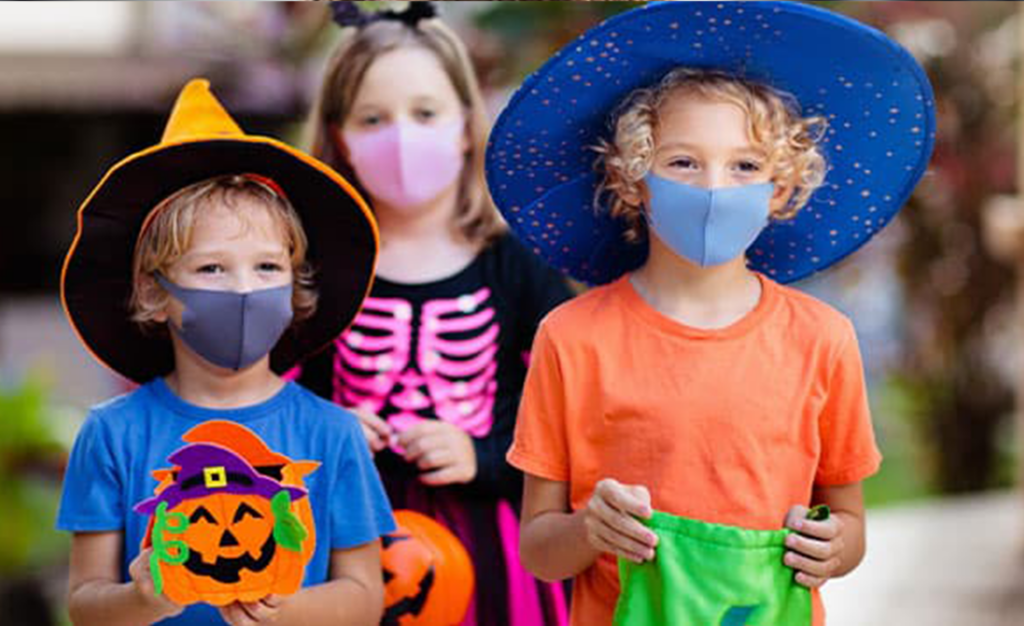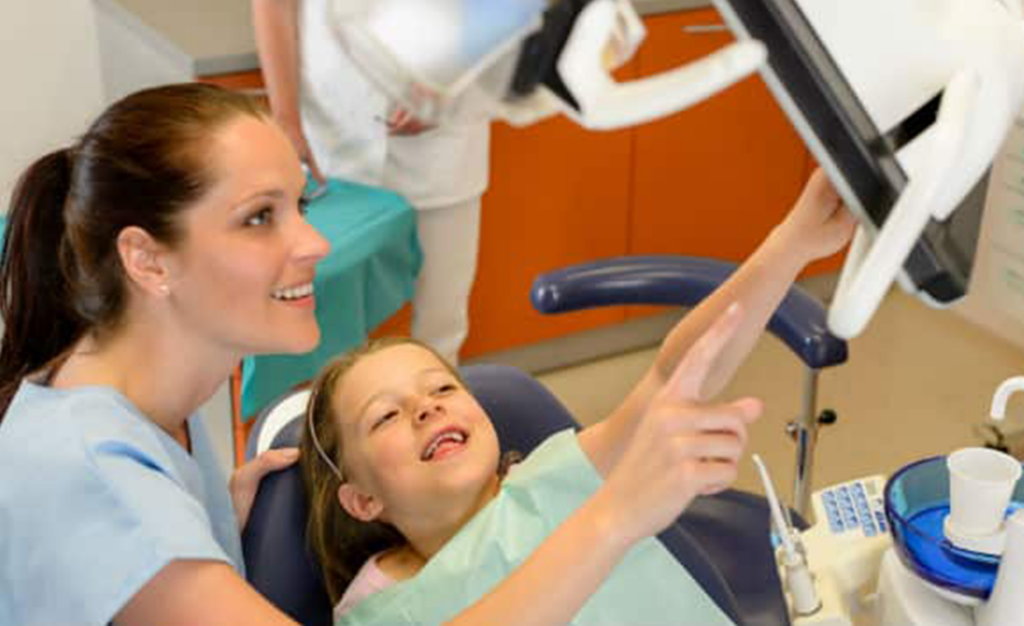
Children are the most susceptible to developing tooth decay; this is often due to the types of foods they consume and the absence of a dental regimen. Therefore, as parents, we have a responsibility to guide them right on how to practice good dental hygiene and ensure they receive the best dental care in Palo Alto, CA.
In addition to maintaining good dental practices at home, there are plenty of treatments that your youngsters can undergo to help their teeth remain in tip-top shape. Dental sealants are one of them, and your pediatric dentist in Palo Alto will certainly be able to add this preventative measure to your child’s dental cleanup appointment.
What are dental sealants?
Dental sealants are a non-invasive preventive measure that forms a barrier against cavities. They are usually a plastic material applied on the tooth’s surface, particularly the molars and premolars, filling in some of the deeper crevices that are difficult to clean while maintaining the tooth’s capability.
Why are dental sealants helpful?
- Protection from decay – One of the key benefits of dental sealants for children is their capacity to protect hard-to-reach parts of the mouth. For example, the premolars and molars at the back of the mouth are especially prone to the buildup of food particles and bacteria that causes cavities. By applying dental sealants to these areas, a barrier is created that prevents debris and bacteria from reaching the tooth enamel; hence causing decay.
In fact, research comparing school-aged kids (6–11 years old) with and without dental sealants found that kids without sealants had a higher likelihood of developing cavities than their counterparts who did.
2. Safe and non-toxic – Some parents are hesitant to use dental sealants on their children. However, dental sealants are made from a non-toxic plastic material entirely devoid of harmful chemicals. This makes them safe for children and even pregnant women.
Remember, tooth decay and other gum diseases often begin early in life; thus, applying sealants is an ideal option for young ones who might not have adopted a comprehensive oral care routine yet.
3. Quick and easy application process – For most kids, the thought of visiting the dentist’s office could be uncomfortable. Fortunately, the sealant procedure is easy, quick, and painless, so your child should not be afraid. The dentist will meticulously clean and dry the teeth before applying a specific solution to roughen the teeth’s surface in order to increase adhesion. After cleaning and drying again, the sealant is applied onto the molar and premolars and hardened with a light.
The entire sealant application procedure will take a few minutes, and your child can return to their regular activities immediately. Actually, the process is quick and simple enough to be finished during a routine dental examination, saving both you and your child a lot of time and worry.
4. Dental sealants are quite long-lasting – The sealants the dentist will apply to your children’s teeth will provide them with protection for up to ten years. That said, the best Palo Alto dentists recommend replacing your children’s sealants at least every two to four years. Also, how long sealants last depend on various factors, such as your kid’s diet, oral hygiene, and overall care.
To lengthen the lifespan of your kid’s sealants, you can encourage healthy oral habits like brushing twice a day and flossing daily. Most importantly, ensure your child does not chew on things such as ice cubes or hard candy. These can make the dental sealants wear down faster.
5. Helps reduce your children’s dental costs – As we mentioned, sealants prevent cavities and tooth decay. This lessens the need for dental treatment, which can, at times, be expensive.
Picture this; at least 3 million cavities can be avoided if 7 million children have dental sealants, saving around $300 million in dental care expenses. Again, when you take into account the money required for tooth repair, it’s evident that the cost-saving advantages of dental sealants can only get greater over time.
Not having to lose sleep over the future of your children’s dental health situation is priceless. It can ease your financial stress and other miseries that come with a sick child.
Seal it up! Schedule an appointment today
Children’s dental sealants can be a powerful cavity-prevention tool. If you are concerned about your child’s oral health, you will find sealants to be a cost-effective alternative to frequent tooth repairs and fillings. The fact that they last longer and are also non-invasive and painless cannot make them a no-brainer! So, by scheduling regular dental checkups and considering using sealants, you can work with your Palo Alto dentist to maintain your child’s optimal dental health and minimize future dental problems.






